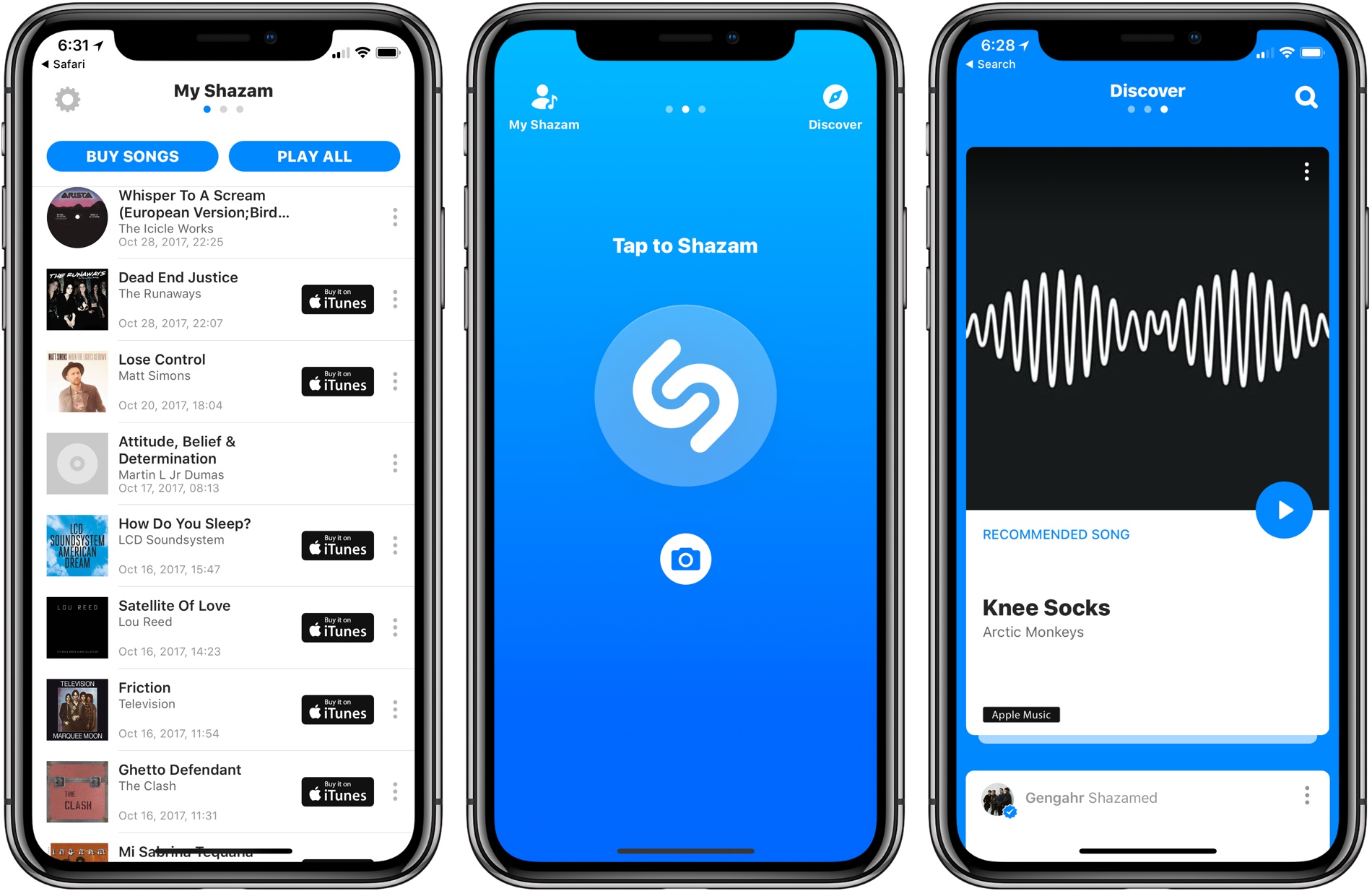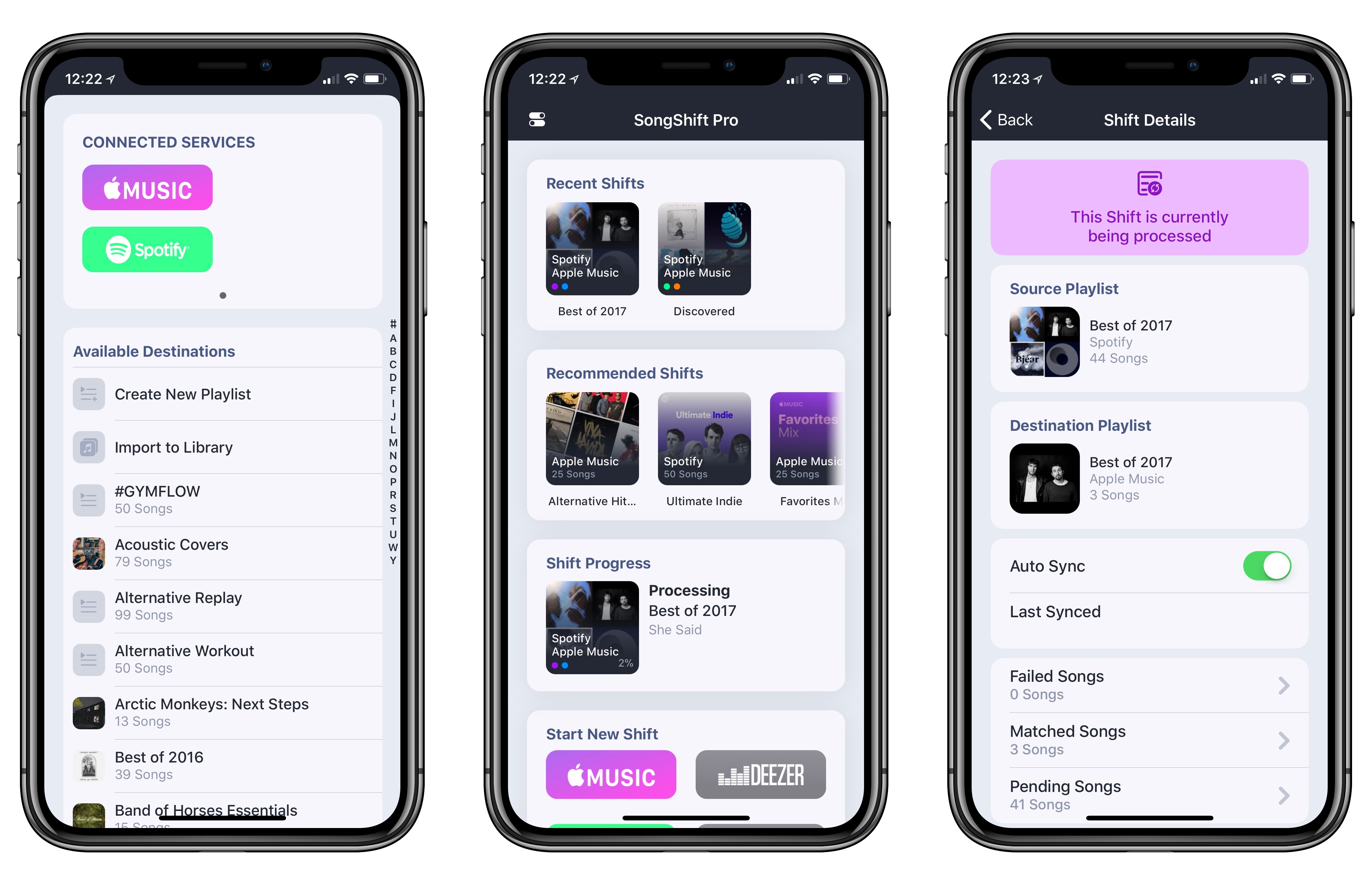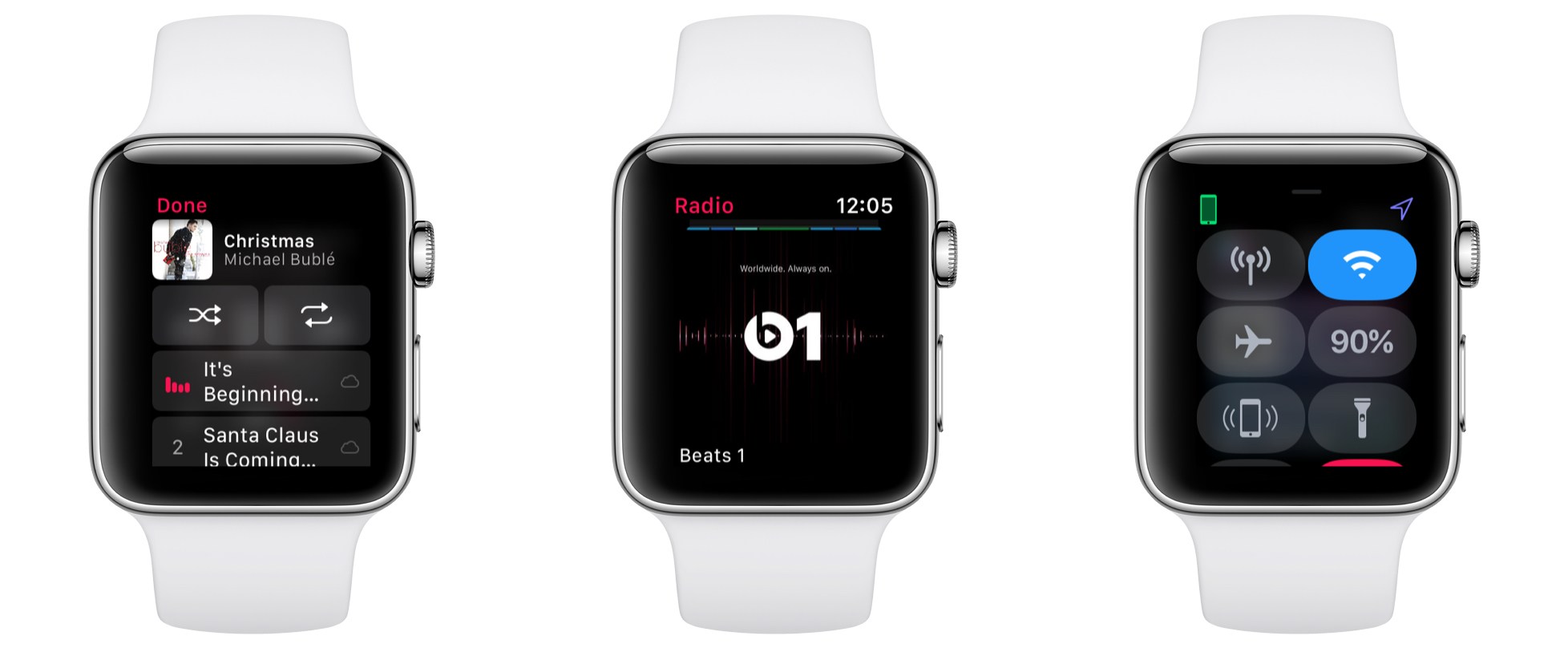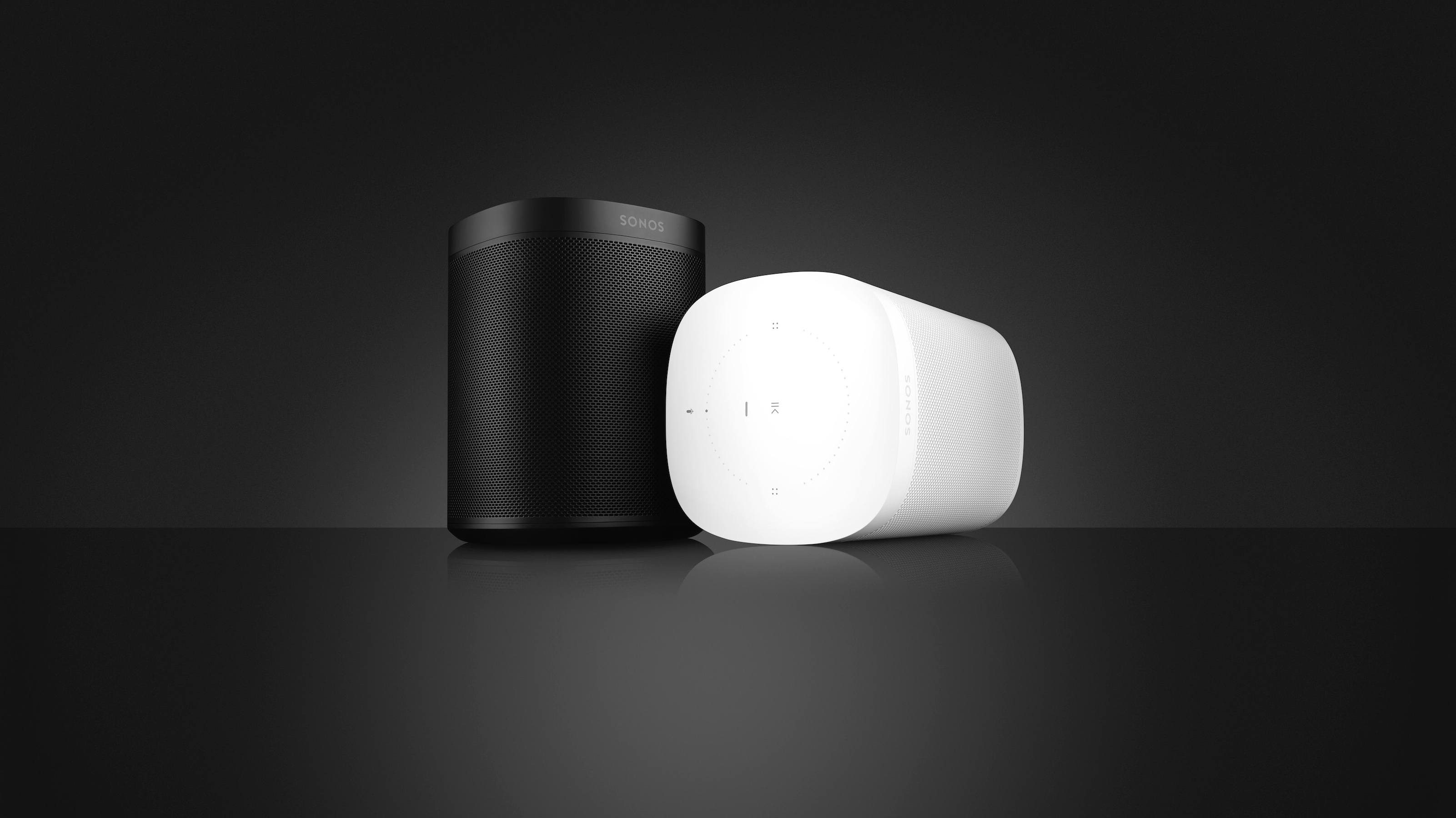Today Apple released the latest software for Apple Watch: watchOS 4.1. This update includes the previously announced Apple Music streaming, including over cellular, plus the introduction of a brand new Radio app.
In past versions of watchOS, independent music playback was limited to the small assortment of songs and playlists that could be stored locally on Watch hardware. Due to how slow music syncing was, I always considered it too much of a hassle to keep my favorite music accessible on the Watch. Today’s update lifts those prior restrictions, though, in a big way. Now Watch owners who are also Apple Music subscribers can stream music, not just from their own library, but also from the service’s full catalog of over 40 million songs. This works over cellular on the latest Series 3 models, but it also can be done over Wi-Fi with non-cellular models. Even if you don’t plan to stream music sans-iPhone, watchOS 4.1 still includes the added benefit of restoring access to your full iCloud Music Library on Series 3 models: past versions of watchOS allowed this, but watchOS 4 limited your selection to synced music only.
Independent music streaming from the Apple Watch is made even better by the addition of a new built-in watchOS app: Radio. The Radio app enables streaming content from Beats 1 or select other radio stations, such as ESPN, NPR, and genre-based stations. While I would have been more excited by a Podcasts app, it’s great to see more of Apple Music’s features make their way to the Watch.
For owners of the Series 3 Watch with cellular, there’s one last notable update: a new toggle in Control Center for activating and deactivating Wi-Fi on the Watch. So if your Watch gets stuck on a slow or unreliable Wi-Fi connection, you can easily disconnect and fall back to LTE.
For most users watchOS 4.1 is a fairly minor update with little to get excited about – but for those sporting a Series 3 Watch with cellular, it’s simply transformative. Paired with AirPods, the Apple Watch can now serve as a powerful and worthy successor to the iPod line. There’s something downright liberating about going iPhone-free while staying connected and available, and bringing 40 million songs along with you.






